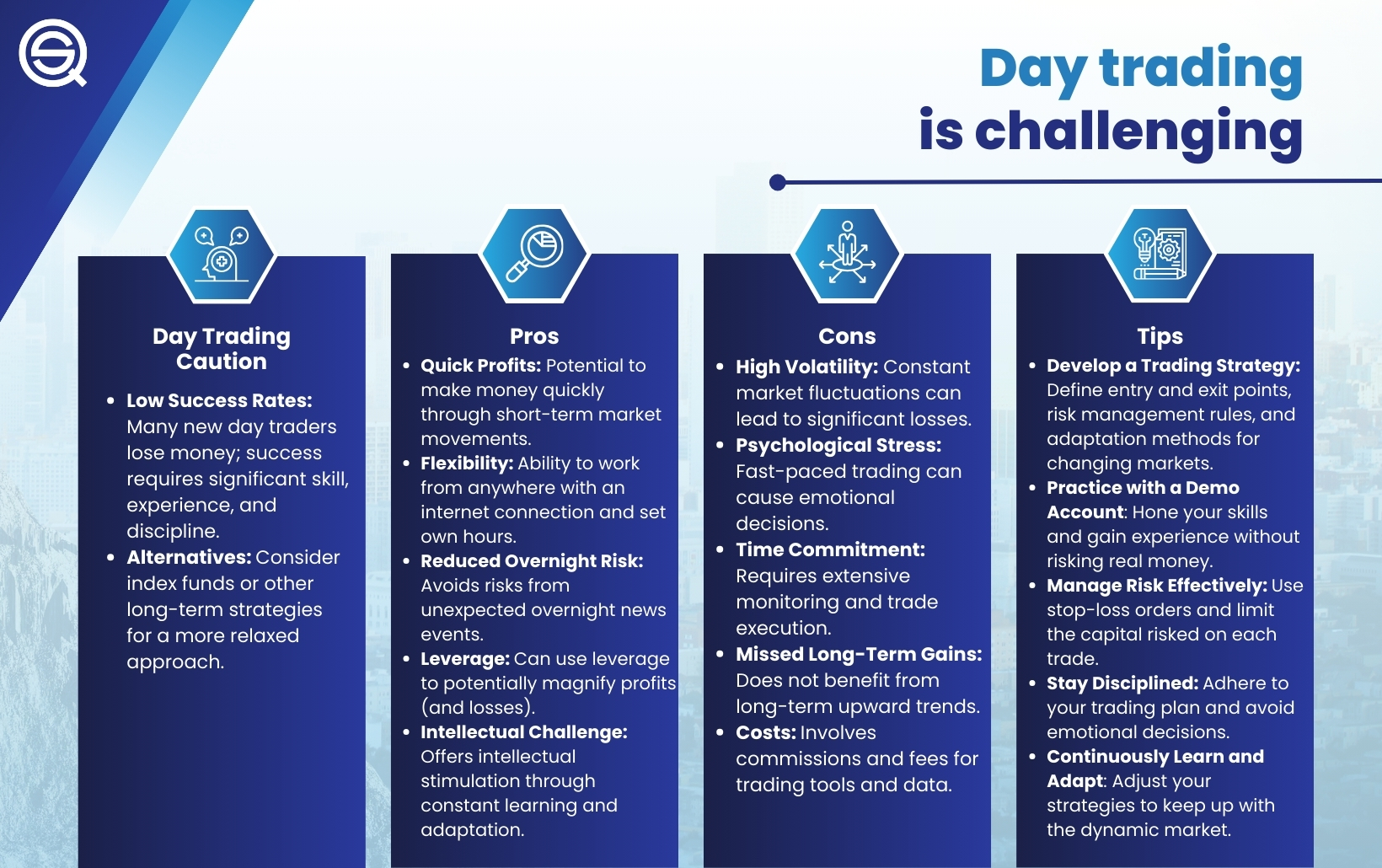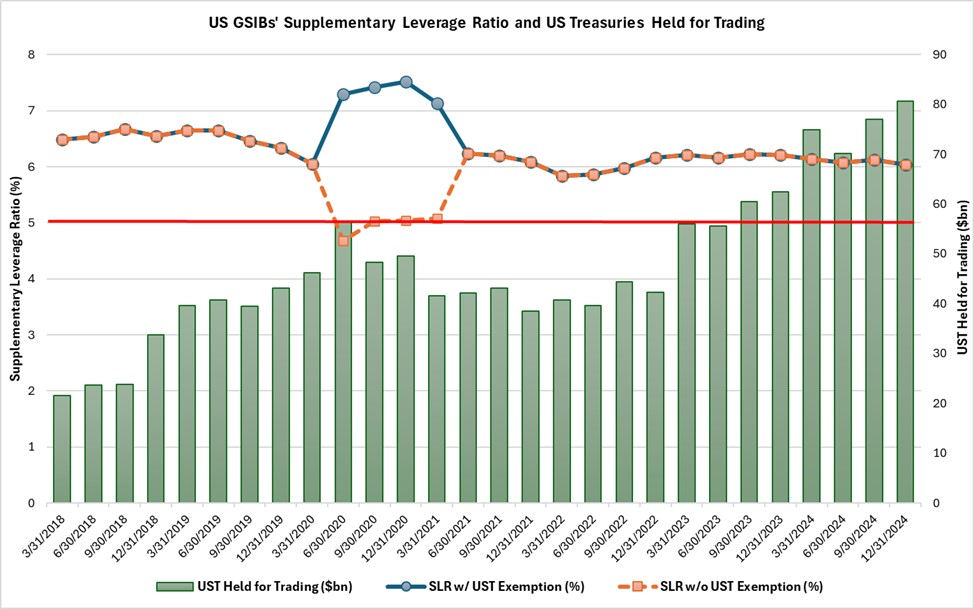Did you know that trading with high leverage can feel like riding a roller coaster—thrilling but potentially terrifying? In the world of day trading, leverage risk is a double-edged sword that can amplify both profits and losses. This article dives into the essence of leverage risk, explaining how it increases trading risk and why understanding it is crucial for day traders. You'll discover common signs of leverage risk, effective management strategies, and the vital role of margin. Plus, we'll explore regulatory considerations and real-world examples to help beginners grasp this concept better. With insights from DayTradingBusiness, you'll be equipped to navigate the thrilling yet perilous landscape of leveraged trading.
What is leverage risk in day trading?
Leverage risk in day trading is the chance of losing more money than you invested because borrowed funds amplify both gains and losses. If a trade moves against you, high leverage can wipe out your account quickly. It’s the danger of magnified losses due to using borrowed capital to increase trading position size.
How does leverage increase trading risk?
Leverage amplifies both potential gains and losses, making your trades riskier. When you use high leverage, a small market move can wipe out your account quickly. It magnifies the impact of bad trades, increasing the chance of significant losses. Essentially, leverage turns a minor price change into a major financial hit, raising your overall trading risk.
Why is leverage risk important for day traders?
Leverage risk in day trading matters because using borrowed money amplifies both gains and losses. If the market moves against your position, you can lose more than your initial investment quickly. High leverage can wipe out your account in seconds if not managed carefully. Understanding leverage risk helps traders control potential losses and avoid devastating financial hits.
What are the common signs of leverage risk?
Common signs of leverage risk in day trading include sudden margin calls, amplified losses that wipe out your account quickly, and difficulty closing trades without significant slippage. If your account balance drops rapidly or you’re frequently worried about maintaining margin levels, you're likely facing leverage risk. Also, large swings in your equity and unexpected liquidation of positions signal high leverage exposure.
How can traders manage leverage risk effectively?
Traders manage leverage risk by using tight stop-loss orders, limiting position sizes, and maintaining a clear risk-reward ratio. They avoid over-leveraging, diversify trades, and stay disciplined with their trading plan. Regularly monitoring margin levels and avoiding impulsive trades also reduces leverage risk.
What are the dangers of high leverage in day trading?

High leverage in day trading amplifies both gains and losses. It increases the risk of rapid, significant losses that can exceed your initial investment. With high leverage, a small market move against your position can wipe out your account quickly. It also raises the chance of margin calls, forcing you to deposit more funds or close positions at a loss. Overall, excessive leverage makes your trading much more volatile and risky.
How does leverage amplify both gains and losses?
Leverage in day trading multiplies both your profits and losses. If a trade moves in your favor, leverage boosts your gains significantly. But if it moves against you, losses are magnified, potentially exceeding your initial investment. This increased exposure makes leverage a double-edged sword, risking large swings in your trading account.
What role does margin play in leverage risk?
Margin amplifies leverage risk by increasing potential gains and losses. Using margin means borrowing funds to trade larger positions, so small market moves can result in significant losses that exceed your initial investment. Higher leverage, enabled by margin, tightens the risk of margin calls or forced liquidation if the trade moves against you. Essentially, margin magnifies the impact of price swings, making leverage risk more severe in day trading.
How can beginners understand leverage risk better?
Beginners can understand leverage risk in day trading by recognizing that leverage amplifies both gains and losses. It’s essential to start with small positions and use risk management tools like stop-loss orders. Educate yourself on how margin works and avoid over-leveraging, which can wipe out your account quickly. Practice with demo accounts to see how leverage impacts trades in real time. Always remember, higher leverage means higher risk of significant losses.
What are the best strategies to limit leverage risk?

To limit leverage risk in day trading, keep your leverage low to reduce potential losses, set strict stop-loss orders to exit losing trades early, and avoid overexposing your account on a single position. Use proper position sizing to prevent margin calls, diversify trades to spread risk, and maintain disciplined risk management with a clear trading plan. Regularly review and adjust your leverage levels based on market conditions to stay within safe limits.
How does leverage risk differ across markets?
Leverage risk in day trading varies across markets because each has different volatility levels, liquidity, and leverage limits. In highly volatile markets like cryptocurrencies or forex, leverage amplifies both gains and losses, increasing risk. Stock markets often offer lower leverage, reducing risk but still exposing traders to significant swings. Futures markets can have high leverage, making them riskier if traders don’t manage their positions carefully. Overall, leverage risk depends on market volatility, leverage caps, and liquidity, shaping how quickly small moves can wipe out your account.
Learn about Does leverage risk vary across different markets?
What are the regulatory rules on leverage in day trading?
Leverage in day trading is limited by regulatory rules that cap the maximum leverage brokers can offer. In the US, the FINRA and SEC restrict leverage to 2:1 for stocks under $5 and up to 4:1 for stocks over $5. Forex trading is often limited to 50:1 or lower, depending on the currency pair and broker. The purpose is to reduce risk exposure and prevent excessive losses. Brokers must follow these rules and often require traders to meet specific margin and account criteria before offering higher leverage.
Can leverage risk lead to account liquidation?
Yes, leverage risk in day trading can lead to account liquidation if the trader's losses exceed their margin and the broker's margin call thresholds. High leverage amplifies both gains and losses, making it possible to lose all funds and trigger liquidation if the market moves against the trader too quickly.
Learn about Can leverage risk lead to account liquidation?
How do stop-loss orders help control leverage risk?
Stop-loss orders limit losses by automatically selling a position when it hits a predetermined price, preventing small moves from turning into large losses. In day trading, where leverage amplifies both gains and losses, stop-losses act as a safety net, helping traders avoid catastrophic leverage risk. They ensure that even if the market moves against you quickly, your losses stay controlled and within your risk tolerance.
Learn about How automation can help control stop-loss risk in day trading
What are real-world examples of leverage risk in trading?
Real-world examples of leverage risk in day trading include a trader using 10x leverage on a $1,000 account, risking $10,000. If the market moves against them by 1%, they lose $100, which can wipe out their entire account. Another example is a trader holding a highly leveraged position on volatile stocks; a sudden price swing can lead to margin calls or huge losses. Leverage amplifies small market moves into large losses, risking account liquidation or significant financial damage.
Conclusion about What is leverage risk in day trading?

Understanding leverage risk is crucial for any day trader looking to navigate the complexities of the market effectively. It can amplify both gains and losses, making it essential to manage this risk wisely. By recognizing common signs and employing strategies such as stop-loss orders, traders can protect their capital while still leveraging opportunities. Regulatory rules further underscore the importance of being aware of leverage limits. For more insights and guidance on managing leverage risk in day trading, consult the resources available at DayTradingBusiness.
Learn about What should I know about leverage risk before day trading?